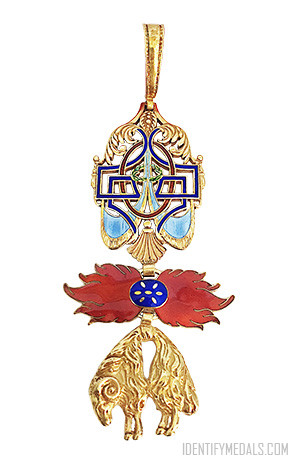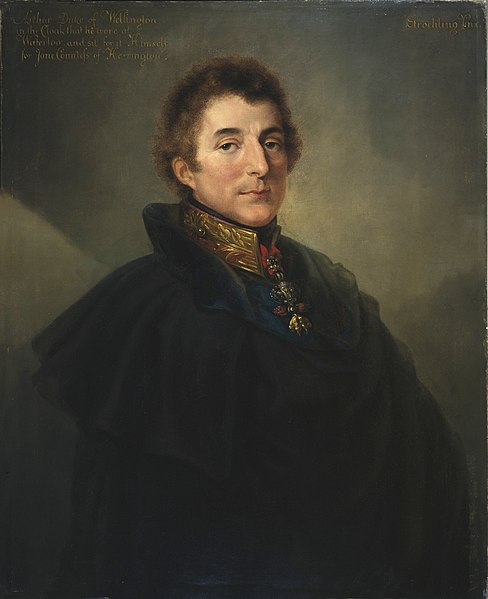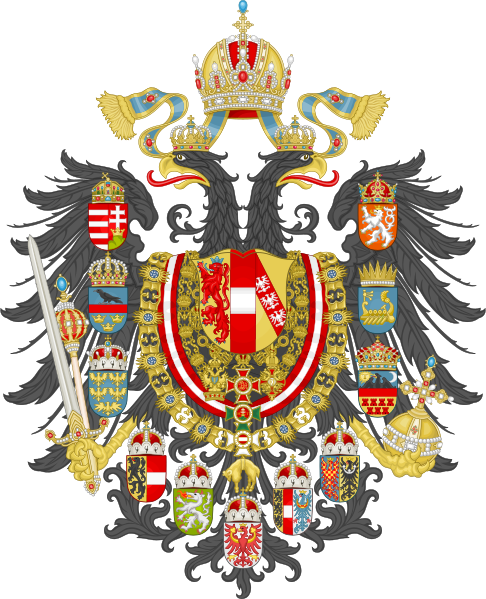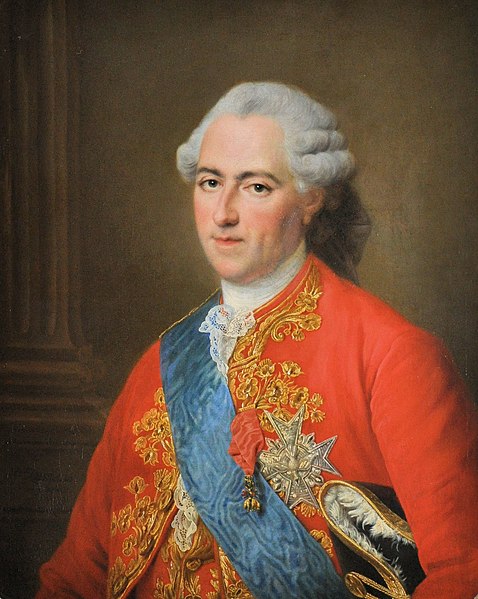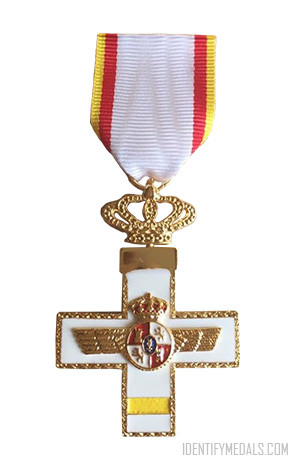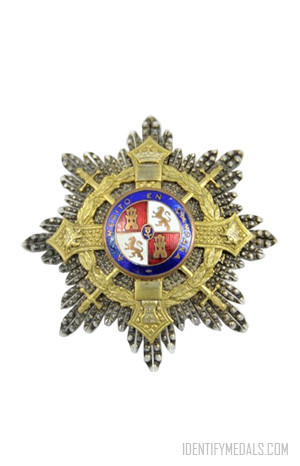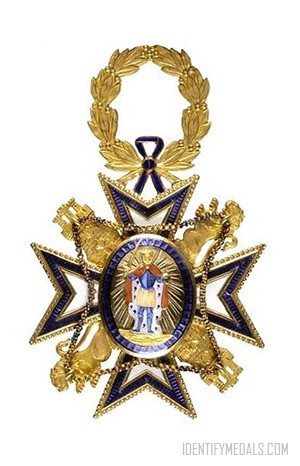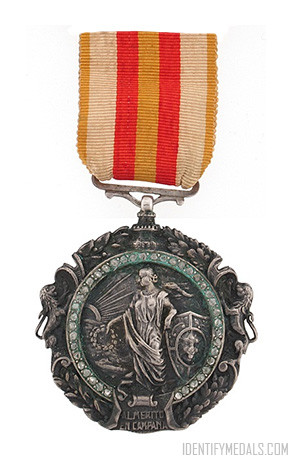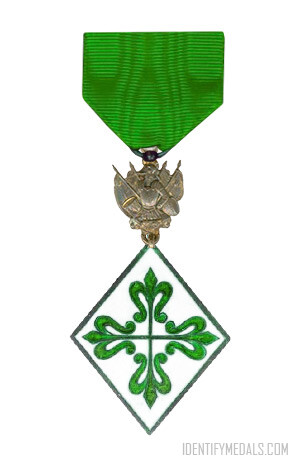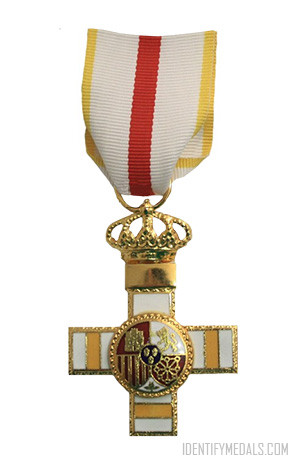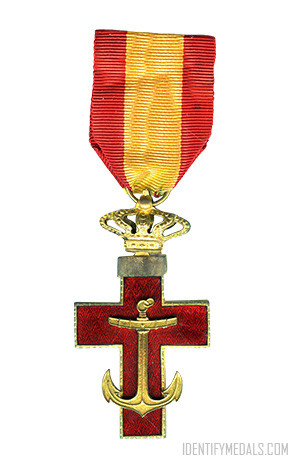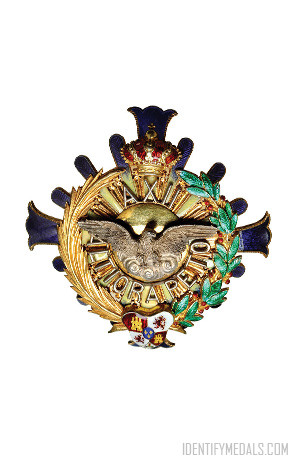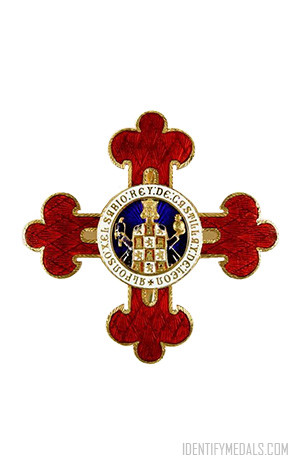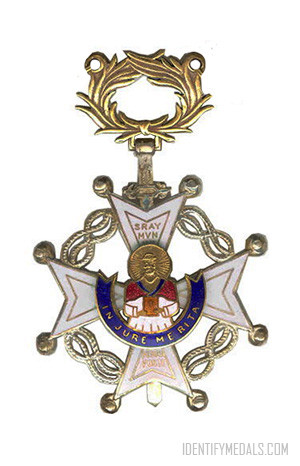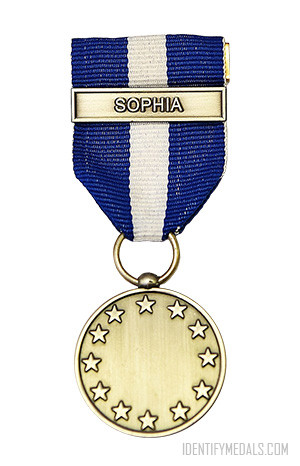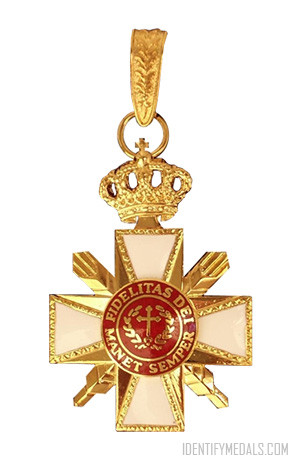- Time Period: Pre World War I
- Institution: 1430
- Country: Spain, Austria, Hungary, Kingdom of Lombardy-Venetia, Austro-Hungarian Empire
The Order of the Golden Fleece (or Orden del Toisón de Oro in Spanish) is a Roman Catholic order of chivalry founded in Bruges by the Burgundian duke Philip the Good in 1430, to celebrate his marriage to the Portuguese princess Isabella.
Having had only 1,200 recipients ever since its establishment, the Spanish Order of the Golden Fleece has been referred to as the most prestigious and exclusive order of chivalry in the world, both historically and contemporaneously. Unlike any other distinction, the Golden Fleece is only granted for life, meaning it must be returned to the Spanish Monarch whenever the recipient deceases.
The choice of the Golden Fleece of Colchis as the symbol of a Christian order caused some controversy, not so much because of its pagan context, which could be incorporated in chivalric ideals, as in the Nine Worthies, but because the feats of Jason, familiar to all, were not without causes of reproach. The bishop of Châlons, chancellor of the Order, rescued the fleece’s reputation by identifying it instead with the fleece of Gideon that received the dew of Heaven.
Today, two branches of the Order exist, namely the Spanish and the Austrian Fleece; the current grand masters are Felipe VI, King of Spain, and Karl von Habsburg, grandson of Emperor Charles I of Austria, respectively.
The Prohibition on Belonging to Other Orders
Non-royal knights of the Golden Fleece were forbidden to belong to any other order of knighthood. This rule was a strict and fundamental tenet of the order’s regulations. This prohibition was intended to uphold the exclusivity and prestige of the Golden Fleece, ensuring that membership in the order remained a singular honor and distinction.
By forbidding non-royal knights from joining other orders of knighthood, the Order of the Golden Fleece sought to emphasize the special status accorded to its members. It aimed to prevent dilution of the order’s significance and to maintain a sense of unity and loyalty among its knights.
This rule also served to reinforce the sense of camaraderie and brotherhood among the members of the Golden Fleece. By prohibiting external affiliations, the order fostered a strong bond among its knights, who shared a common commitment to upholding the ideals and values of chivalry.
The Order of the Golden Fleece Medal Design
Surrounding the central image of the Golden Fleece are various symbols and motifs that hold significance within the order’s tradition. These may include heraldic elements such as crowns, crosses, and fleur-de-lis, as well as symbolic animals like lions and eagles. These symbols represent the virtues and values upheld by members of the order, including loyalty, faith, and nobility.
The badge of the Order, in the form of a sheepskin, was suspended from a jewelled collar of firesteels in the shape of the letter B, for Burgundy, linked by flints; with the motto “Pretium Laborum Non Vile” (“No Mean Reward for Labours”) engraved on the front of the central link, and Philip’s motto “Non Aliud” (“I will have no other”) on the back.
Overall, the design of the Order of the Golden Fleece medal is steeped in tradition and symbolism, reflecting the esteemed history and heritage of one of Europe’s oldest and most illustrious orders of chivalry.
Famous Members of The Order of The Golden Fleece
King Philip IV of Spain: Philip IV was the Spanish monarch during the 17th century and a prominent member of the Order of the Golden Fleece. He played a significant role in the politics and affairs of Europe during his reign.
Emperor Charles V: Charles V, also known as Charles I of Spain, was one of the most powerful rulers of the 16th century. As the Holy Roman Emperor and King of Spain, he wielded immense influence and was a key figure in European politics and warfare.
King Henry VIII of England: Henry VIII, infamous for his six marriages and his role in the English Reformation, was also a member of the Order of the Golden Fleece. His reign had a profound impact on English history and the wider European stage.
Emperor Maximilian I: Maximilian I, Holy Roman Emperor from 1493 until his death in 1519, was a patron of the arts and a key figure in the Renaissance. He expanded the influence of the Habsburg dynasty and played a significant role in shaping the politics of his time.
King Louis XIV of France: Louis XIV, also known as the Sun King, ruled France for over 72 years and was one of the most powerful monarchs in European history. His reign was characterized by lavish court life, artistic patronage, and military conquests.

